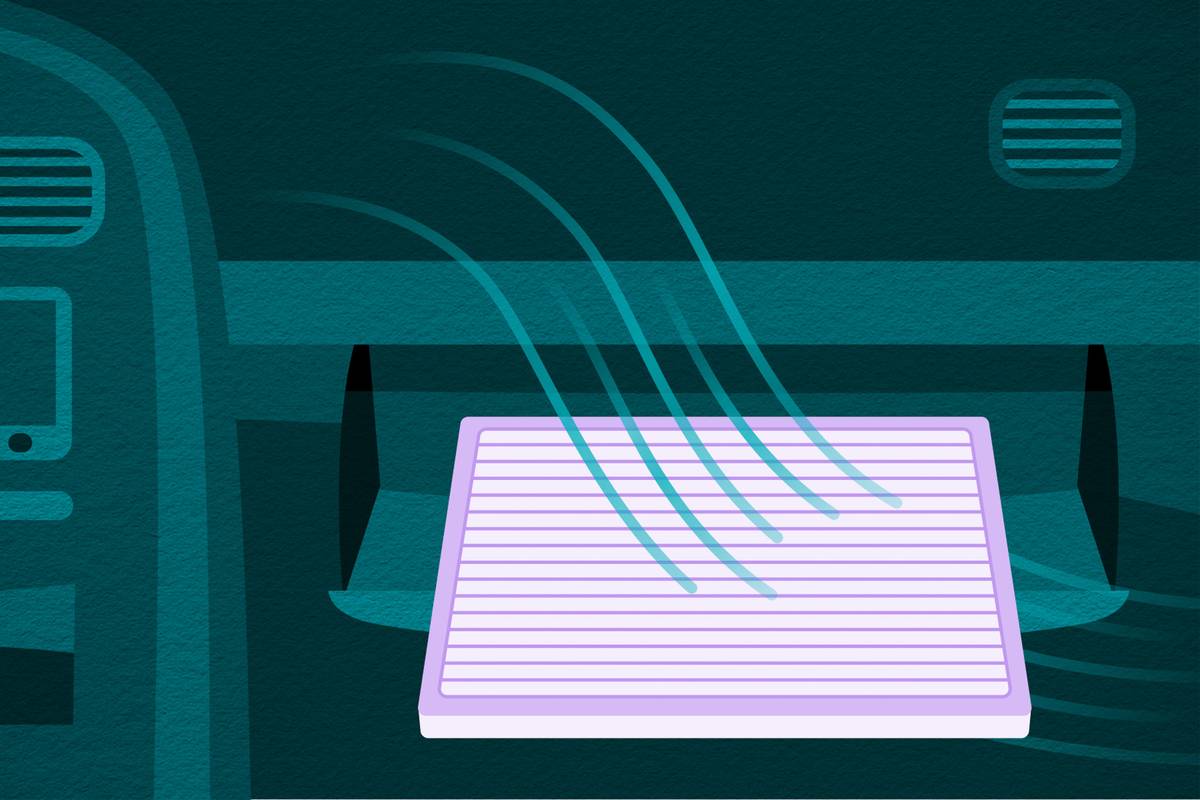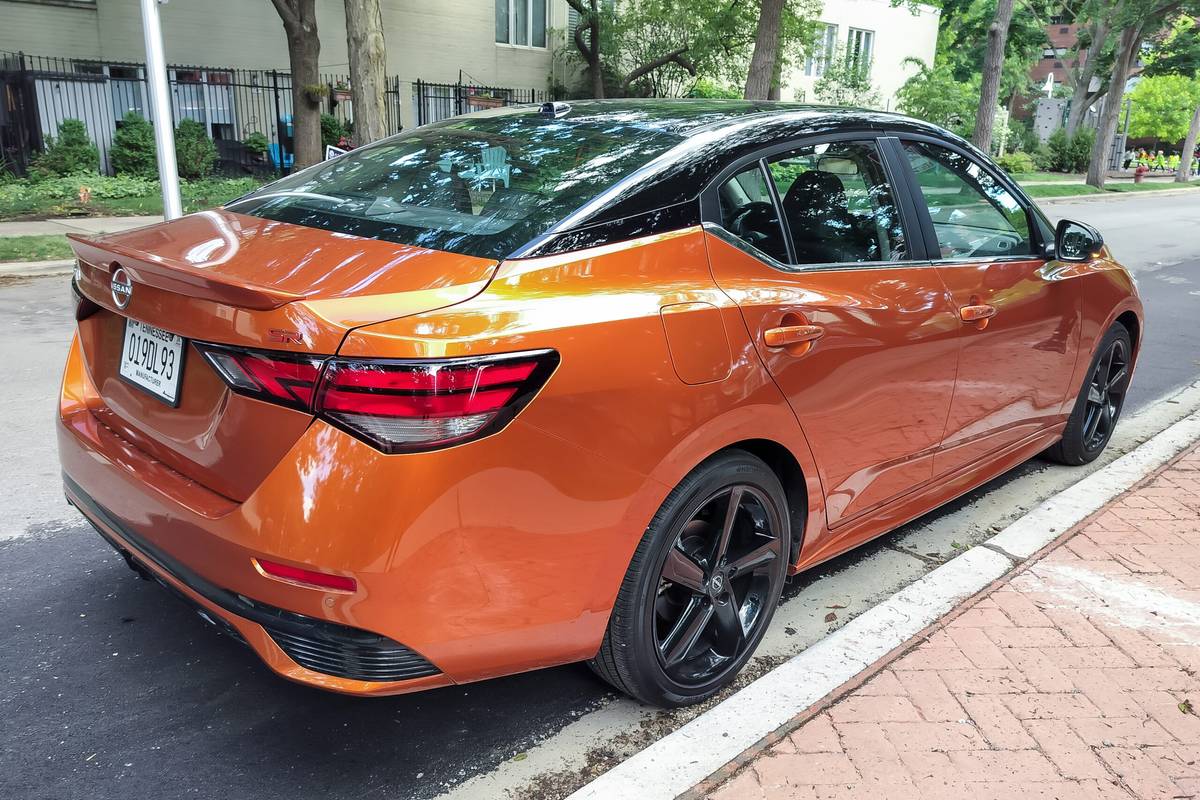Boston.com's view
2004 Volkswagen Touareg Contrary to the notion that the sport utility vehicle may be in decline, even as SUVs come under fire for their size, their appetites for gasoline, the imperious manner of many of their drivers, even as the economy founders, luxury SUVs are selling better than ever. The rule of the industry these days is simple: If you are a major player, you must have an SUV in the lineup — preferably one that costs a lot of money.
Consider that BMW, Mercedes, Lexus, Cadillac, Lincoln, Volvo, and Acura are in the fray and that Porsche and Volkswagen (the latter going decidedly upscale with both its SUV and Phaeton luxury car) have jointly developed their own SUVs, the Cayenne and Touareg.
This week I drove the “base” model Volkswagen Touareg — if a “paltry” 220 horsepower, exquisite leather interior, and assuring solidity can be considered base. Like Porsche, with its Cayenne SUVs, Volkswagen offers the Touareg in two power classes. While Porsche gives you its Cayenne in Turbo form with 450 horsepower and S model with 340 horsepower, Volkswagen trots out a V-6 Touareg at 220 horsepower and a V-8 at 310 horsepower. As my grandmother, known for keeping a .22 near her sliding kitchen window to protect her bird feeders — would have said, “Whoodathunkit” that 220 horsepower might seem paltry?
Yet in this joint production of cars — the Touareg and Cayenne share the same platform and VW got Porsche’s wonderful 6-speed, Tiptronic transmission — the companies have created a gray area.
I’ve driven all the versions of each, on roads, racetracks, and off-road courses. The Cayenne Turbo is in a class of its own: Great off road, a sports car on the racetrack, and the world’s finest SUV. At 90-large, it ought to be.
Yet, that high-performance, luxury imbued-auto aside, there is a blurring in the middle, a question to be posited: Where does Porsche meet Volkswagen and, depending on your burning urge for a Porsche in your yard and the performance of the Touareg, when do you decide that VW — base prices from $35,000 to $47,000 — becomes a better buy than Porsche at $56,000 to $89,000?
Indeed, I spent a week in the V-6 Touareg and never found its 220-horsepower engine lacking. Was it a sports car? An SUV? A family wagon? A serious off-road machine? Yes, four times.
Both VW and Porsche will tell you that they built these cars to increase their share in a lucrative market. The folks at Porsche say that a study found that 40 percent of Porsche owners also had an SUV in the yard. At VW, the company’s vice president for marketing and sales, Frank Maguire, acknowledged that “People who have left us have gone over to SUVs or luxury” — or a combination thereof.
In their joint venture, VW and Porsche eschewed the soft touch that some luxury SUV builders have taken, offering rugged looks, big bumpers, and minimal real off-road capabilities. I dr ove the Porsche in the wet, red mud of Alabama and went from there to a racetrack. I drove the VW in the dry red rock of Moab, Utah’s scary cliffs, scorched desert, and cleft canyons, and came away marveling that these vehicles are in an off-road class with Hummer’s H2, Land Rover, and Ranger Rover.
In fact, in the calculated crawl of serious off-roading, even the 220-horsepower Touareg was superb. The extra 90 horsepower offered by the V-8 was apparent only after we moved from the parched outback and onto straight, flat, Western highways.
Like the Porsche, the Touareg was a noticeable blend of toughness and luxury. Unibody construction added noticeable torsional rigidity. Its permanent four-wheel-drive system sends torque fore and aft in a 50/50 split in normal conditions, but can shift power front to rear, or side to side, as monitored slippage demands. All torque can go to a single wheel in extreme slippage.
With high- and low-range settings, it is comfortable for both normal and aggressive driving. Two suspensions are offered: one a double wishbone with steel springs up front and four-link independent, steel spring setup in the rear; the other (as tested) is an air suspension system, sensitive to speed, that lowers the car as speed increases, reducing the danger of idiot behavior common to too many SUV yahoos.
In addition, the driver can select ride heights that include 6.3 inches for loading and unloading, 7.5 inches for high speeds, 8.7 inches for normal travel, 9.4 inches for moderate off-road travel, and 11.8 inches for serious back country.
Hill ascent and descent programs aid in serious off-roading, eliminating the need for heavy braking. And, all this wonder of engineering is packaged in a truly luxurious automobile.
The test car (for more bucks) had charcoal gray, textured, leather seats that were firm and supportive. Headroom was spacious, as was leg space. A nylon ski-through that protrudes through the down-folded armrest of the rear bench seat was a great touch.
The textured leather look ran over the dash, along the door panels, and into the sculpted armrests up front. Controls for climate, audio system, and navigation were intuitive and big at center dash. Ride/height controls were positioned behind the center console shifter.
Porsche says it got into this market to double its sales figures to somewhere near 50,000 per year. VW hopes to sell 25,000 Touaregs this year, 45,000 per year after that.
Surely, somewhere in those VW sales numbers will be folks who decide they do not need the 30-extra horsepower the Cayenne S offers, and save $10,000-$15,000 in that thought process. And, of course, consider those for whom 220 horsepower is plenty, and whose savings ramble into the $20,000-range.
Nice touch: The overall feel of luxury and class that Volkswagen delivers in model after model, expensive or not.
Annoyance: I always wear a seat belt, but please, let me sit in the driveway or at the soccer field, Red Sox game tuned in, waiting for my kids, unbelted, in park, and listening to the radio without an incessant buzz in my ear.
Latest news



